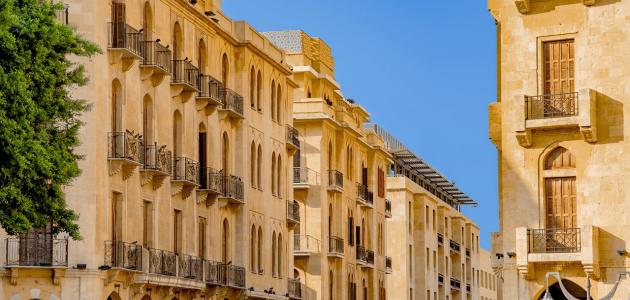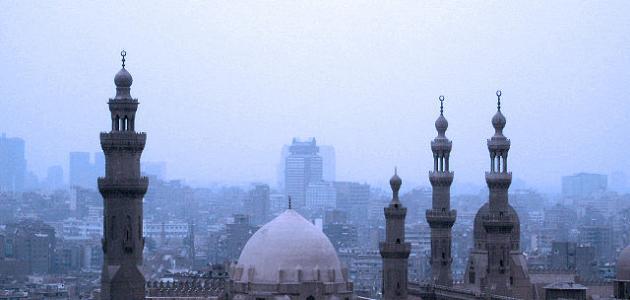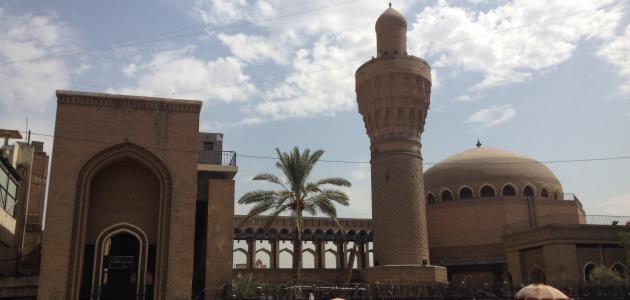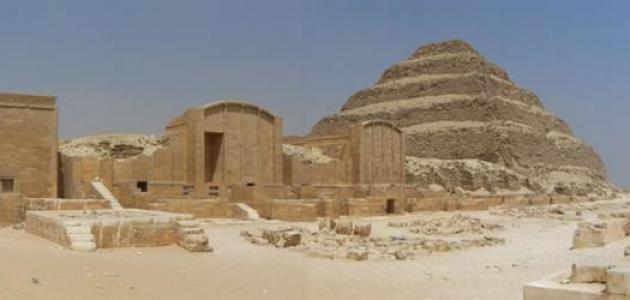Table of Contents
Mykonos Island
Mykonos Island is one of the Greek islands located in the Aegean Sea in the south-central side within the archipelago of the Kiclanes, and is surrounded by the islands of Naxos, Tinos, Syros and Paros. Mykonos is one of the Greek municipalities, administratively affiliated with Kiklans, which is one of the parts of the South Aegean region.
Area and population
Mykonos Island has an area of approximately one hundred and five square kilometers, and the highest point on the island is around three hundred and seventy two meters.
The population of the population, according to the population census for two thousand and one, is more than nine thousand three hundred and twenty people. About six thousand five hundred and forty residents reside in the town of Mykonos.
The island is made of granite rock, and the island does not have any source of fresh running water due to the lack of rain that falls on it, due to its location in the rainy shade in the Greek continental mountains.
Label and mythology
According to Greek mythology, the island of Mykonos dates back to the name of the grandson of Apollo (Mykonos), the god of poetry and sun, and legend has said that Mykonos was a local hero.
As for the town that belongs to the island, it has another name in addition to Mykonos, which is (Chora), which means in the Greek language the town.
Another myth is linked to Mykonos Island, which tells that the giants who killed Zeus (the father of the gods and humans) were buried under the granite island rocks.
brief history
It is said that the Phoenicians were the first to settle on the island of Mykonos, followed by the Ionians coming from Athens in the tenth century B.C.
The Persians paused for a short period during their war with the Greeks, and the island subsequently became a vassal of the Romens, followed by the Byzantines, who worked to fortify it in the seventh century AD, to respond to the repeated invasions that the Arabs were making on the Aegean islands.
The Venetians occupied the island in the year two thousand two hundred and four AD, and in the year two thousand two hundred and ninety two occupied the Catalans, but the Venetians returned it in the year one thousand three hundred and ninety.
The island was subjected to a devastating attack carried out by the leader Khair al-Din Barabrosa by order of the Ottoman Sultan Suleiman the Magnificent in the year one thousand five hundred and thirty seven AD, and the Ottoman presence on it through a joint Ottoman local council continued until the year one thousand seven hundred and eighteen, where the Ottomans imposed their full control over it.
The island revolted against the Turks during the war of independence of Greece, which began in the year one thousand nine hundred and twenty one, led by Mavru Mandoyenos, after which the island joined the modern Greek state.








